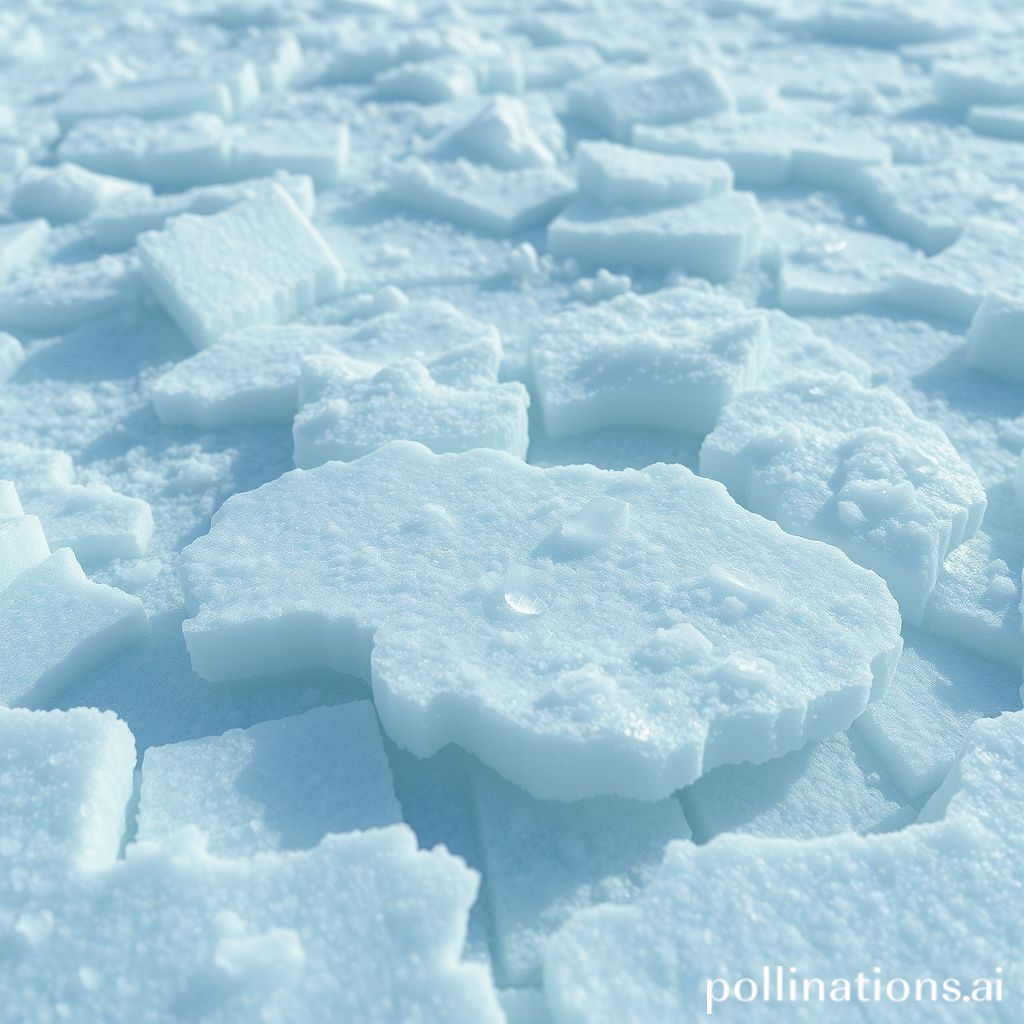Marine snow provides new clues about the export of carbon to the deep sea

Marine snow provides new clues about the export of carbon to the deep sea
Marine Snow: Unveiling the Secrets of Deep Sea Carbon Storage
Hey there, fellow ocean enthusiasts! Have you ever wondered where all the carbon dioxide we release into the atmosphere ultimately ends up? A significant portion of it finds its way into the ocean, and a fascinating process called marine snow plays a critical role in transporting that carbon to the deep sea. Let's dive into the world of marine snow and explore the latest research shedding light on its importance in the global carbon cycle.
What Exactly is Marine Snow?
Imagine a gentle blizzard, but instead of snowflakes, it's made up of organic matter drifting down from the surface ocean. That's essentially marine snow! This "snow" is a collection of dead and decaying organisms like phytoplankton, zooplankton, fecal pellets, and other organic debris. Think of it as the leftovers from the bustling life at the ocean's surface.
The Carbon Export Connection
Marine snow is a key mechanism for transporting carbon from the sunlit surface waters, where photosynthesis occurs, to the dark depths below. This process is known as the biological carbon pump. As marine snow sinks, it carries with it the carbon that was originally captured by phytoplankton during photosynthesis. This carbon can then be consumed by deep sea organisms, buried in the sediment, or remain sequestered in the deep ocean for centuries, effectively removing it from the atmosphere.
New Insights into Marine Snow Dynamics
Recent research has provided some valuable new insights into the process. Scientists are employing innovative technologies like underwater cameras and sediment traps to study the composition, sinking rates, and fate of marine snow particles. These studies have revealed that the efficiency of carbon export by marine snow is influenced by a complex interplay of factors, including:
The type of phytoplankton: Different phytoplankton species produce different types of organic matter, which affects the size and stickiness of marine snow aggregates.
Zooplankton activity: Zooplankton graze on phytoplankton and repackage the carbon into fecal pellets, which can sink rapidly.
Bacterial decomposition: Bacteria break down organic matter, releasing dissolved carbon and nutrients back into the water column.
Ocean currents and mixing: Ocean currents can transport marine snow laterally, while mixing can break up aggregates and slow down their sinking.
Why This Matters: The Big Picture
Understanding the dynamics of marine snow is crucial for predicting how the ocean will respond to climate change. As atmospheric carbon dioxide levels rise, the ocean absorbs more carbon, leading to ocean acidification. This can affect the productivity of phytoplankton and the composition of marine snow, potentially impacting the efficiency of the biological carbon pump.
Comparing Carbon Export Mechanisms
To better understand the importance of marine snow, let's compare it to other carbon export mechanisms in the ocean:
| Mechanism | Description | Relative Importance |
| | | |
| Marine Snow | Sinking aggregates of organic matter | Major |
| Sinking Phytoplankton | Individual phytoplankton cells that sink rapidly | Moderate |
| Dissolved Organic Carbon (DOC) | Carbon released from organisms as dissolved matter | Moderate |
| Active Transport | Vertical migration of animals that consume carbon at the surface and release it at depth | Minor |
A Call to Action: Protecting Our Oceanic Carbon Sink
As we learn more about the vital role of marine snow in regulating the Earth's climate, it becomes increasingly clear that we need to protect our oceans. Reducing carbon emissions, preventing pollution, and promoting sustainable fishing practices are all essential steps in preserving the health of our oceans and ensuring that they can continue to act as a crucial carbon sink.
Personally, diving into this topic has made me appreciate the intricate interconnectedness of life in our oceans. From the tiniest phytoplankton to the deepest sea creatures, every organism plays a role in the delicate balance of the carbon cycle. It s a humbling reminder that our actions on land have far reaching consequences for the health of our planet and the life it supports. Let s all do our part to be responsible stewards of our oceans, for ourselves and for future generations.
Sources:
De La Rocha, C. L. (2007). The biological pump. Encyclopedia of Earth*.
Turner, J. T. (2015). Zooplankton fecal pellets, marine snow, phytodetritus and their role in the biological pump. Progress in Oceanography, 130*, 205-248.
Boyd, P. W., Claustre, H., Thomalla, S. J., et al. (2010). Mesoscale iron enrichment experiments 1993-2005: Synthesis and future directions. Science, 326*(5952), 585-590.
Comments
Post a Comment